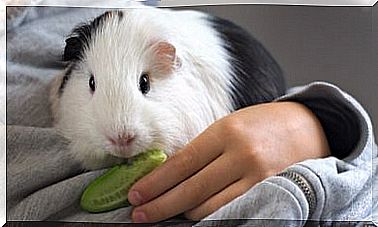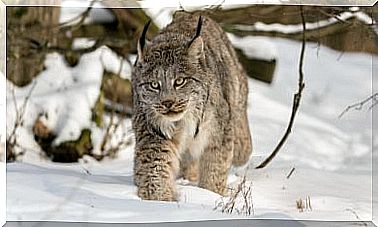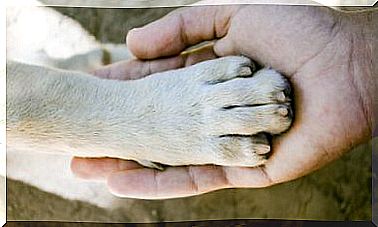The Andean Cat: A Feline In Grave Danger
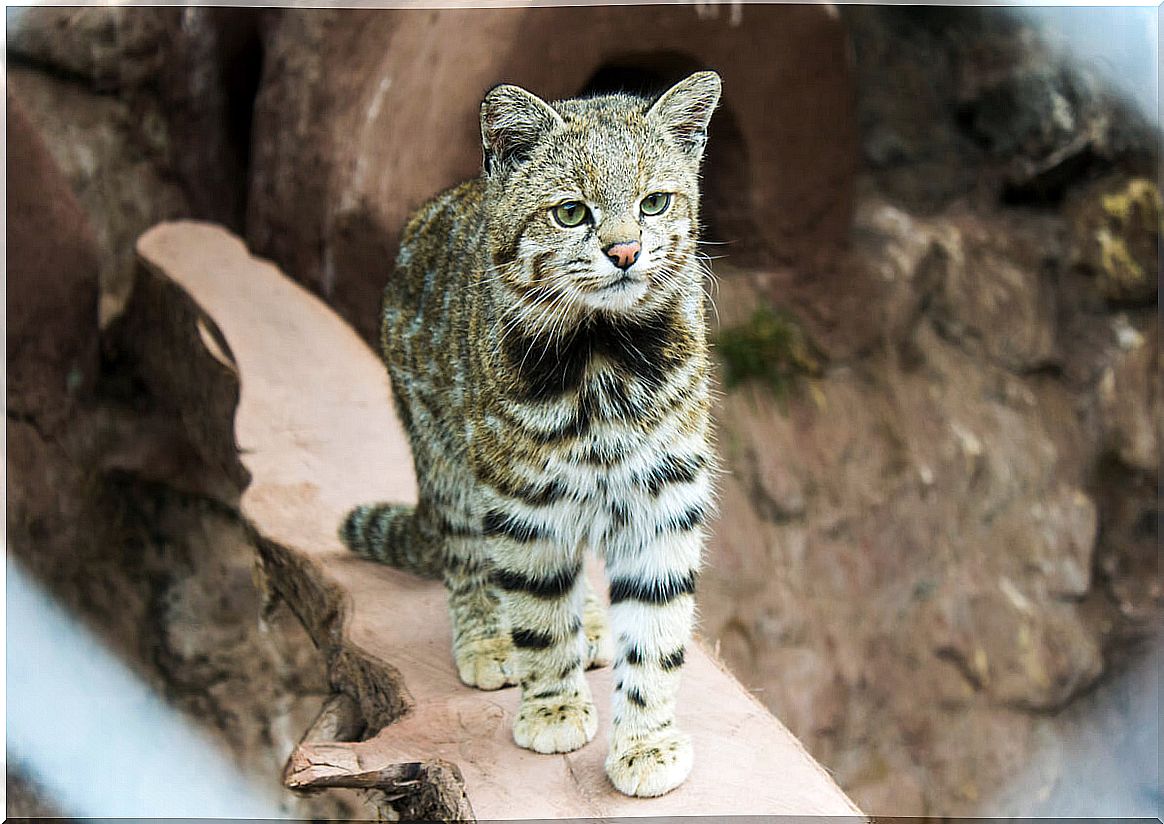
The Andean cat ( Leopardus jacobita ) is a small wild cat endemic to South America. It is one of the most threatened species on the American continent and is one of the most unknown felids on the planet. Its distribution is limited to the mountainous regions of the Andes, Peru and northern Bolivia, Chile and Argentina.
Considered a sacred animal by many Andean tribes, this species has great historical value for local communities. His figure is represented in petroglyphs engraved by different high Andean cultures and he is considered a protective spirit of the mountains. If you want to know more about this beautiful animal in danger, read on.
What is the Andean cat like?
We are facing a small feline, between 74 and 85 centimeters in length, with a long ringed tail that exceeds 40 centimeters in total. It does not usually exceed 35 centimeters in height and weighs between 4 and 7 kilograms. In other words, this animal has measurements very similar to those of a domestic cat.
Its coat is long and dense, gray in color with reddish-yellowish spots evenly arranged on both sides of the body. The belly is white. The ears are large and rounded, its nose is completely black and the legs are short and robust.
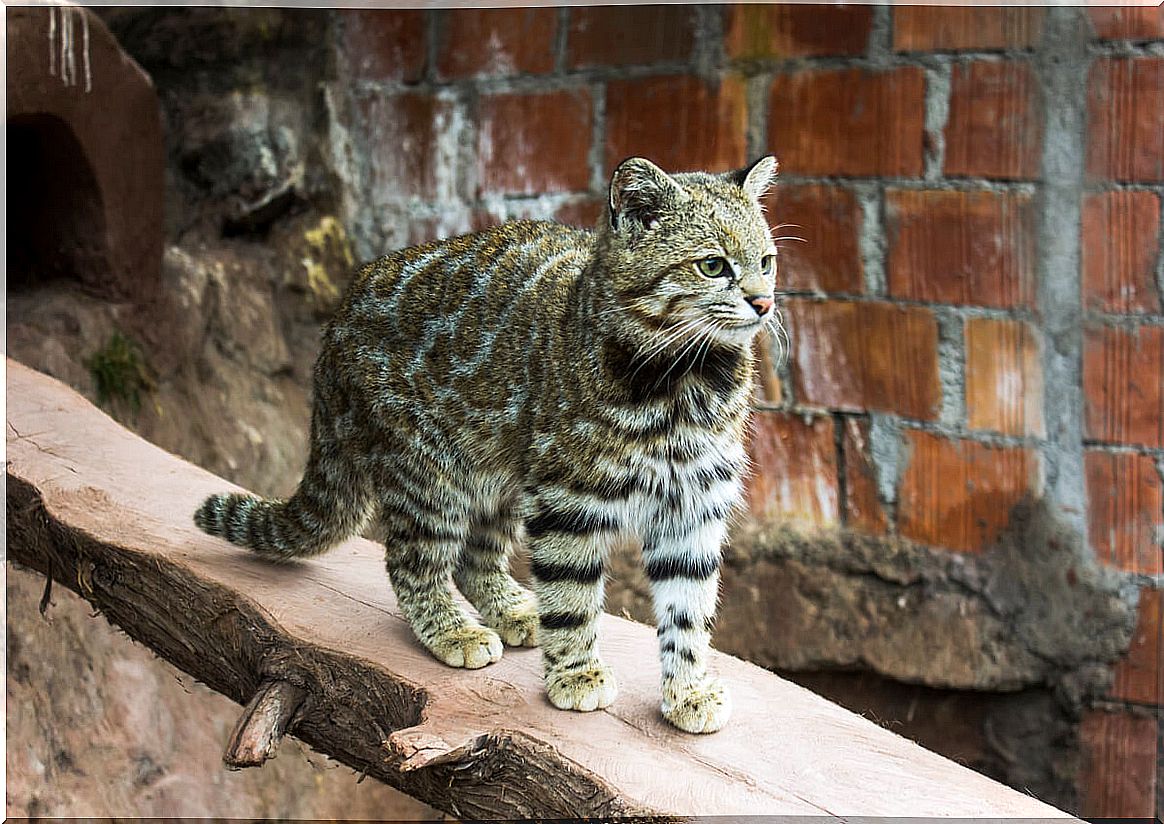
The habitat of the Andean cat
This wild cat lives in arid, rocky environments, with little vegetation and close to water sources. They are found at high altitudes, between 3000 and 5000 meters above sea level, where temperatures are extreme and strong gusts of wind blow continuously.
Because these rocky landscapes are not continuous, the habitat of the Andean cat — and its prey — is naturally fragmented. For this reason, human disturbances make it even more difficult to spread. The density of their populations is very low, as currently about 1,378 adult individuals are estimated in the wild, but the number is decreasing.
In addition, it is believed that the Andean cat and the pajonal cat ( Leopardus colocolo ) share the territory. The feline that concerns us here is a more specialized species and with a more limited range of resources than the grassland cat, so it has the upper hand in terms of interspecific competition.
Due to its elusive behavior and the difficulty of the terrain, there are few sightings of this animal. Only through advanced techniques, such as the use of camera trapping and radio collars, has it been possible to calculate the number of free specimens.
An elusive and unknown animal
The Andean cat is a solitary feline and very difficult to see, so we do not know much information about its way of life. It is believed that its activity is most frequent at night and the first half of the day, when it is probably easier to obtain its prey.
It has been found in pairs between the months of July and December and with young between October and April. The mother may protect her litter within galleries of burrowing mammals or in crevices between rocks.
The main prey of the Andean cat are native rodents, such as the gray-bellied pericote ( Phyllotis xanthopygus ), the chinchillón ( Lagidium viscacha ), the gray chinchilla rat ( Abracoma cinerea ) or the brush-tailed rat ( Octodontomys gliroides ). It has been documented that it can also capture birds, insects, and other small mammals.
Threats of the sacred cat of the Andes
The main threats facing the Andean cat are poaching, a shortage of prey and the loss of its habitat. Unfortunately, this feline is considered sacred in indigenous traditions and is offered as a sacrifice at festivals. This together with poaching for their fur are two of the main threats suffered by the species.
The expansion of the agricultural frontier, inadequate livestock management and the extraction of water for a growing mining and oil activity in the South American highlands are anthropic activities that are also altering the habitat of the Andean cat.
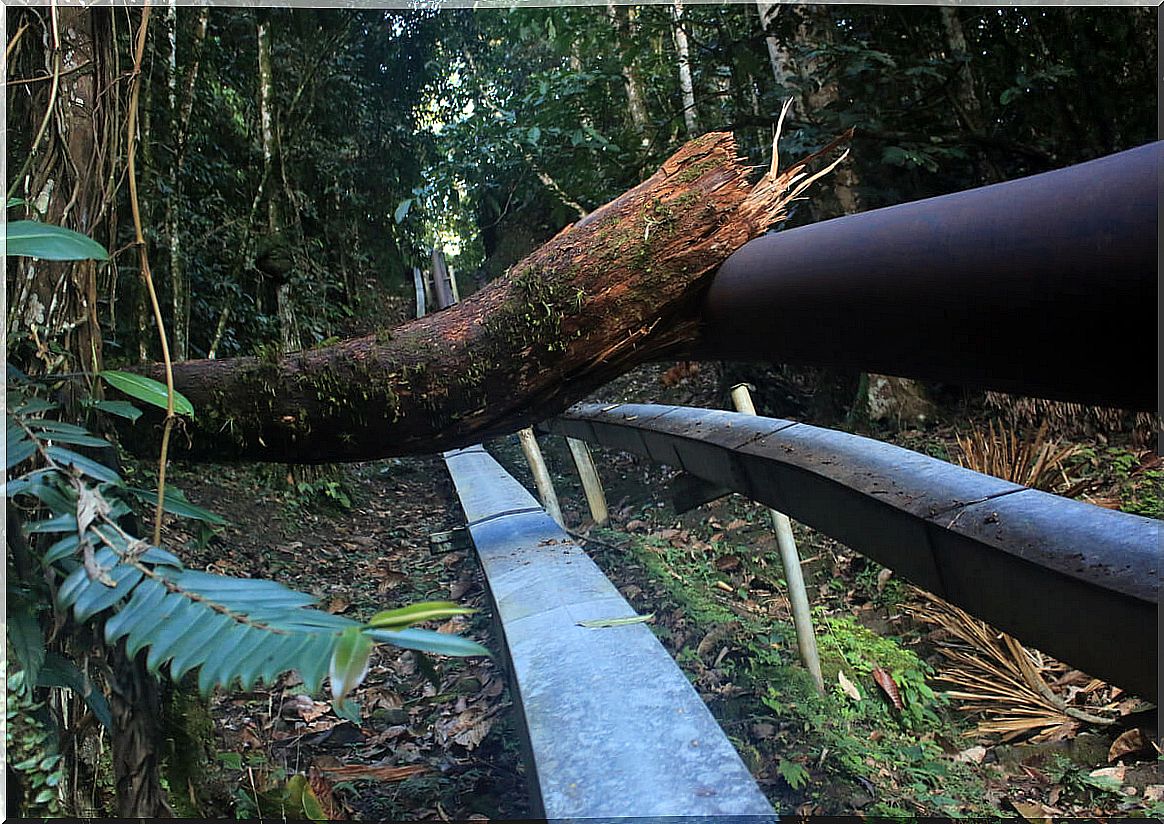
The monitoring of free specimens, the association between the different countries that host the species and the collaboration of NGOs such as the Andean Cat Alliance try to improve the situation of this wild cat. Knowing more information about your species, raising awareness and changing its status from endangered is a difficult task, but not impossible.
